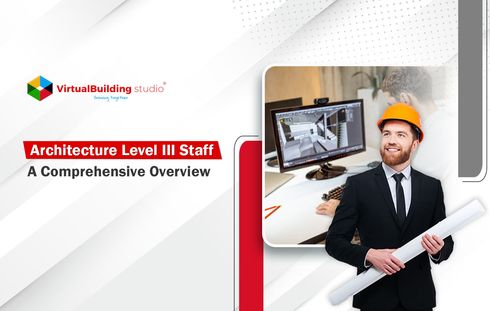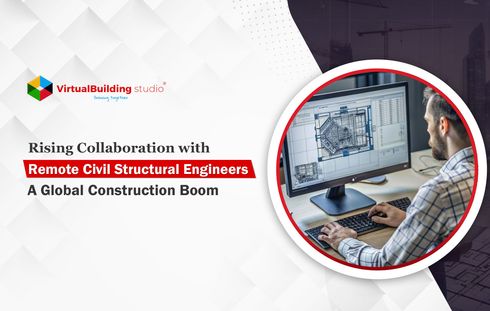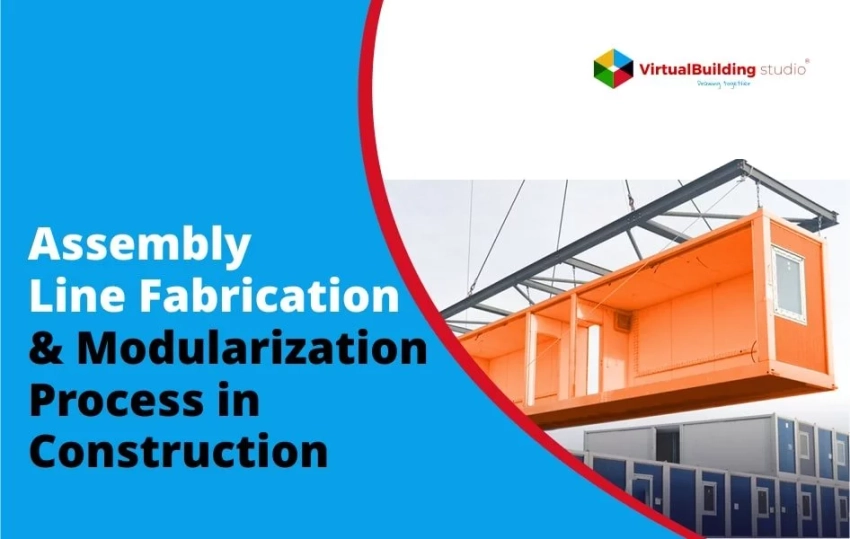
The construction industry is amongst the fastest-growing industries in the world today. It was not so long ago that it was lagging as it couldn’t accommodate the needs of a growing market that demanded faster execution as projects were becoming more complicated than ever before.
BIM has had a pivotal role to play in revolutionizing the AEC industry, and it continues to exert its influence all over, even as we speak. We have already discussed BIM at length so, let us look at how assembly line manufacturing and modularization using BIM has helped speed up the process.
We, at the Virtual Building Studio, offer assembly line manufacturing and modularization services to our clients in the USA, the UK, Canada, Singapore, Australia, and the UAE.
Assembly line manufacturing involves the off-site production of building components or assemblies in a factory located remotely to the construction site.
It ensures faster delivery, reduces on-site work, and mitigates cost overruns. The idea is to use BIM to support modularization and industrialized construction. Let us look at the benefits it offers in detail:
Reduced Costs:
It reduces the total cost of production per unit. An efficient design and manufacturing process can significantly cut down on the costs.
Speeds Up The Timeline:
With assembly line manufacturing, the on-site assembly time goes down as most of the manufacturing occurs off-site. The overall time to deliver the project is reduced, and the schedule is much shorter.
Higher-Quality Outputs:
A factory setting has tight quality-control regulations in place and is the ideal environment for high-quality assembly manufacturing.
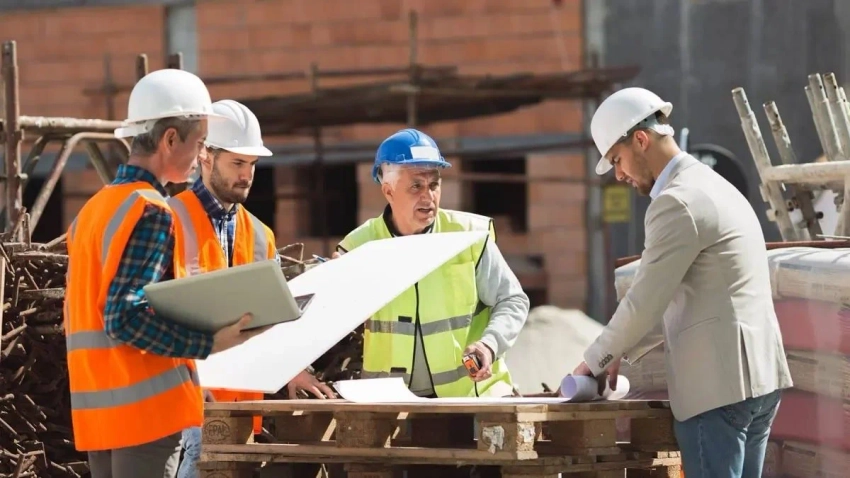
Higher Productivity:
Unlike traditional settings, assembly lines allow machines and workers to specialize in performing specific tasks, which significantly improves productivity. Higher productivity as a result of mass production also helps cut down on costs, as discussed.
Weather and Construction:
Since most of these components are mass-produced in a factory, on-site conflicts or inclement weather wouldn’t stand in the way of the manufacturing process.
Reduced Wastage:
On-site manufacturing produces a ton of waste that has the potential to be reused. Assembly line manufacturing can extract said usable resources and use them during the next cycle of production.
Improved Site Safety:
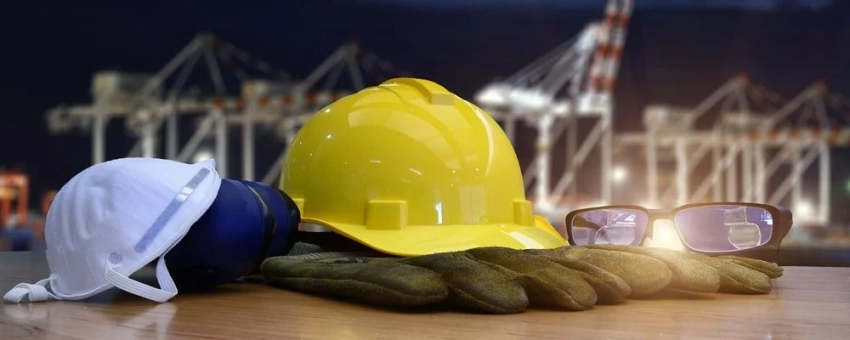
People working in the AEC industry are subjected to several occupational hazards while working on-site. A controlled environment ensures that it is relatively safer for them to use.
Reduced Environmental Damage:
More and more people are looking for environmentally viable options as carbon emissions near concerning new highs. A controlled environment needs to follow a standard set of rules that ensure reduced damage to the environment.
Now that we have established the benefits of assembly-line manufacturing, it becomes clear as to why more people opt for it. Now let us look at the process in a little more detail. Modular building manufacturers use assembly lines for assembly and fabrication.
Several components are simultaneously prefabricated and assembled before shipping out, including flooring finishes, ceiling finishes, wall finishes, exteriors, doors, and trims.
Once assembled, our building is close to 90% complete. It still has to go through multiple inspections to check compliance with all codes. Once completed, they deliver it for on-site installation.
As architects and engineers look for options that ensure high-quality outputs and reduced on-site disturbance, modularization comes out to be an inherently natural fit. Modularization promotes quality, sustainability, innovation, and efficiency.
We can either build permanent modular construction buildings or relocatable buildings that are designed to be reused and repurposed several times to be transported to different building sites.
This discussion makes it clear that it is a good idea to opt for off-site construction early-on during the design development process.
However, modular companies can also take a site-built design and produce a modular version when required, so you do not have to worry if you are late to the party.
You can still explore the possibility of modular construction. It is safe to say that the construction industry is moving at a faster pace than ever before. And, it is all on account of technologies like this that promote faster and smarter construction.


